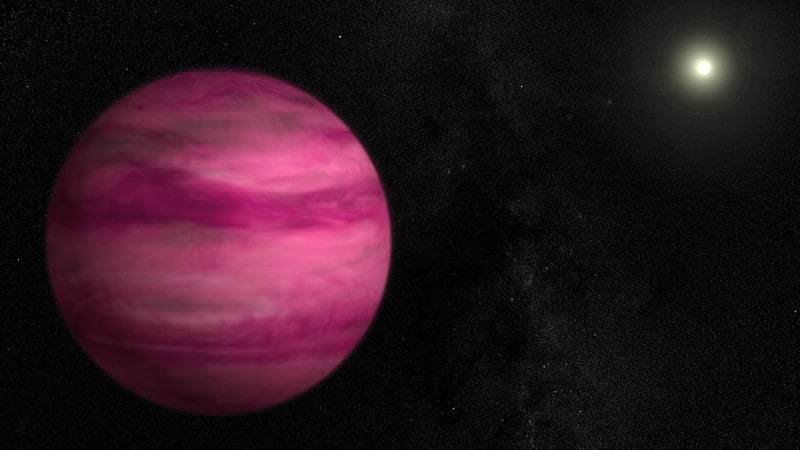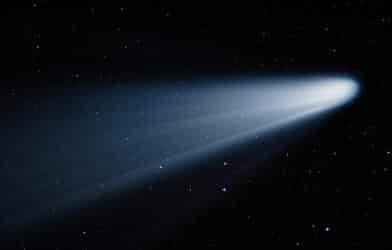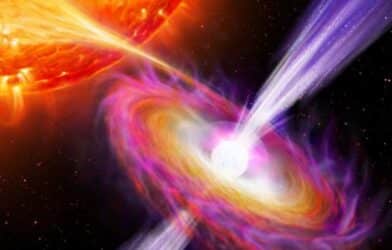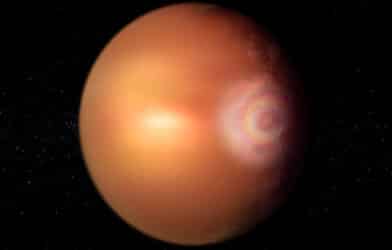Tidal forces may explain why astronomers have yet to detect co-orbiting bodies, called Trojans, beyond our solar system, according to a team of researchers from the SETI Institute and NASA’s Ames Research Center.
Trojans are small celestial objects that share an orbit with a bigger planet, such as asteroids that occupy the path of Jupiter. Theoretical models of planet formation predict that they should populate other star systems with exoplanets. However, none have been found among the 5,000-plus exoplanets discovered thus far.
The scientists behind the recent study suggest that tides could destabilize larger Trojan exoplanets with short-period orbits, resulting in them plunging either into a star or a bigger planet.
“If or when Trojan exoplanets are discovered, this work may help to reveal some properties of their internal structures,” said Anthony Dobrovolskis, a scientist at the SETI Institute who contributed to the study, in a statement.
The rise and fall of tides generate friction on the surface of Earth, the Institute explained in the press release. This slightly slows down the rotation of the planet and nudges the Moon farther away. The researchers then applied this friction to a model of a three-body system.
The team’s model includes a star, a gas giant, and an Earth-like planet. They positioned the smaller planet in regions of space, called LaGrange points. In these areas, the forces of the larger bodies balance each other, allowing the smaller planet there to stay in a stable orbit.
With the model, the researchers showed that a combination of the star and bigger planet’s tidal forces changes the orbit of the smaller planet from an oval shape to a banana shape. They found that growing oscillations eventually derail the planet onto a collision course with one of the other two celestial bodies.
The results of the study are consistent with other published findings. Collectively, they indicate that Trojans escape stable orbits before astronomers can spot them. Alternatively, current instruments may be insufficient for detecting Trojans outside our solar system.
Looking ahead, the researchers hope to better understand how tides influence co-orbital systems from NASA’s Lucy spacecraft. The space agency sent the probe to explore Trojan asteroids near Jupiter last year. In spirit of the Lucy fossil that threw light on human origins, the Lucy mission aims to provide insight into the evolution of planets and the solar system.
The study is published in the journal Icarus.








-392x250.png)



